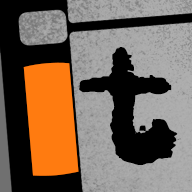I'm working on a fluid simulation that will show a spaceship diving into the ocean. While my machine renders the images I thought I'd show you the playblast for one of the angles I'll be finalizing in the next few days.
A playblast is what Maya software calls a quick preview. It's mostly used during the development of a shot to judge the animation and camera moves.
A playblast is what Maya software calls a quick preview. It's mostly used during the development of a shot to judge the animation and camera moves.
Last edited:


